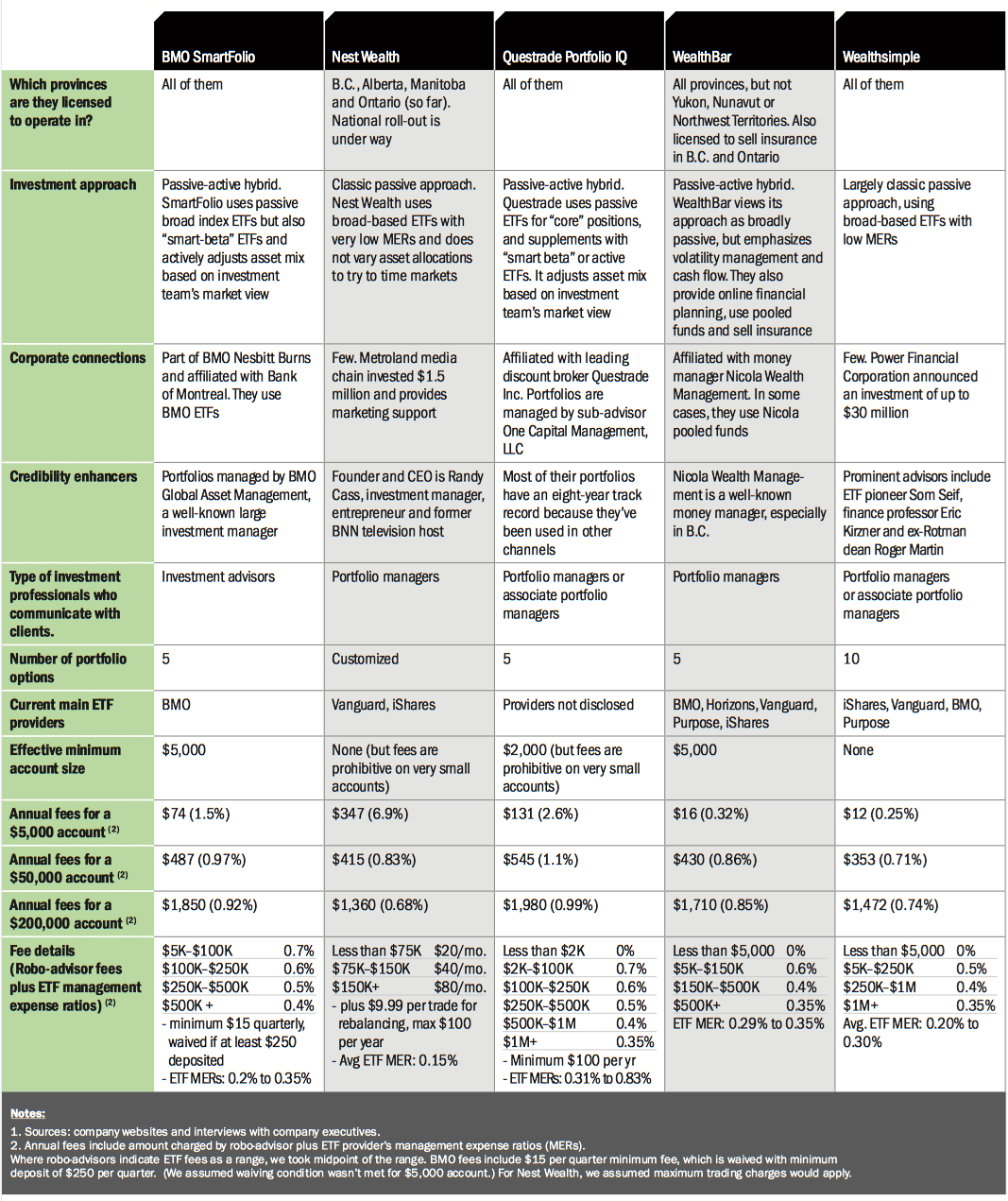Find out if you should go robo
Robo-advisor services are changing the industry. Are they right for you?
Advertisement
Robo-advisor services are changing the industry. Are they right for you?

Share this article Share on Facebook Share on Twitter Share on Linkedin Share on Reddit Share on Email